Description
176 pages / B5 size / JP
From the opening of the country at the end of the Edo period to the early Showa period, Japan experienced a tumultuous century. As soon as it woke up from a long slumber of peace, it underwent rapid changes in politics, economy, culture, and ideology, achieving a miraculous leap into becoming a modern nation. It was a time of steady growth, as Japan desperately pushed forward, desperately trying to catch up with and surpass the Western powers.
Culturally, too, in the midst of a rapidly changing era that saw the Meiji Restoration, civilization and enlightenment, Westernization, industrialization, nationalism, Taisho democracy, Taisho romanticism, and Showa modernity, Western culture, which flowed in like a raging wave from the West, and traditional Japanese culture sometimes rebelled against each other, sometimes merging, creating a unique eclectic culture. It is difficult to get a bird’s-eye view of the vibrant cultural changes of that era, but we can get a strong sense of the atmosphere of the era from creative works related to commercial activities.
this book aims to achieve this goal by focusing on the wonderful designs and graphic designs used in product packages, labels, and other designs, as well as in advertisements such as posters and flyers. Unlike paintings and crafts, these were not created to be passed down to future generations, but rather to appeal directly to people living at the time and to make the product itself shine for an instant. As such, they are packed with the condensed vitality of the era.
In this book, we define these living witnesses who carry the lingering scent of an energetic era as “romantic designs” and hope to revive the atmosphere of a romantic era on paper.
It also looks back on the social history of food, clothing, shelter, and entertainment, the history of design from ukiyo-e to Victorian patterns, Art Nouveau, Art Deco, and functionalist modern design, the evolution of container materials such as bottles and tin cans, and the progress of printing technology from woodblock to copperplate, lithograph, zinc plate, and aluminum plate (although academic in-depth will be left to other specialist books).
Anyway, I would like to trace the footsteps of the dreams of fascinating items such as the bold compositions of the labels distributed in the foreign settlements of Yokohama and Kobe, the intricate designs on labels for raw silk for export, the humorous and varied match labels, the cosmetics packages that responded sensitively to the Western Art Nouveau and Art Deco styles, the medicine advertisements that followed the techniques of Ukiyo-e, the labels for beer and cigarettes that started out as imitations of imported goods, and the labels for rolls of cloth and sweets that were decorated with excessive ornamentation.
Still, why do we who did not live in those times feel nostalgia, warmth, and a spring-like comfort in our own world when we look at “Romantic Designs”? It is as if we are intoxicated by an unknown sweet power, fantasizing that we were surrounded by those designs on a daily basis in our past lives.
order@toagraphicbook


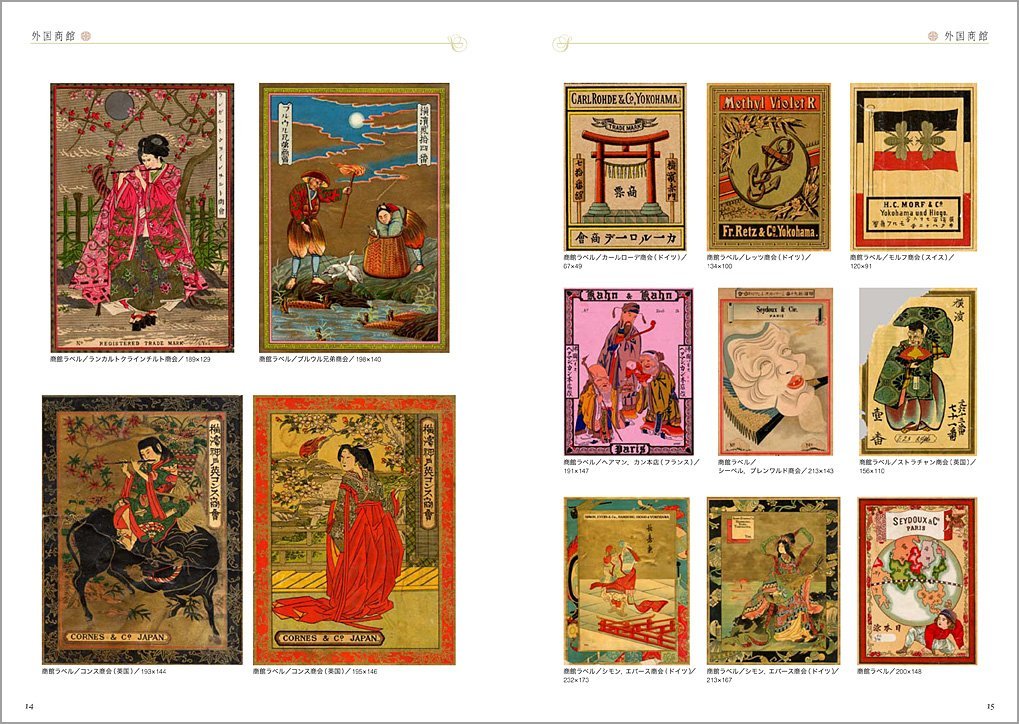




















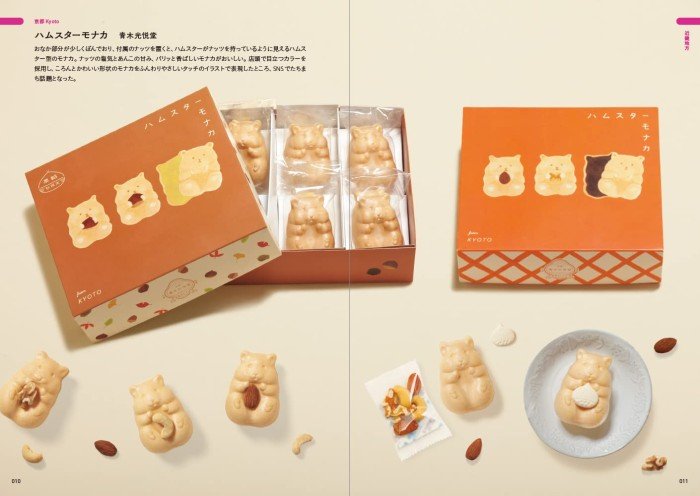














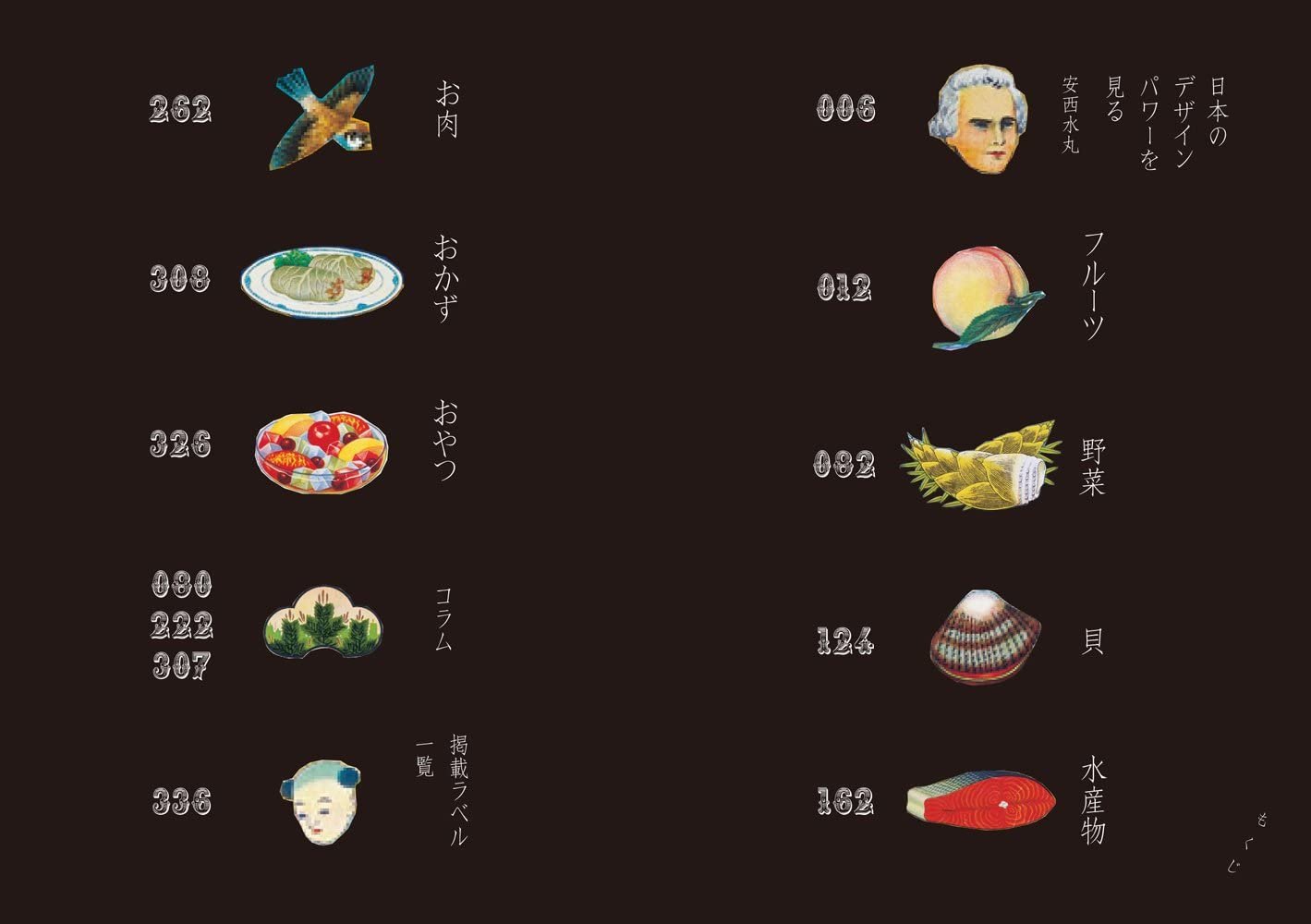


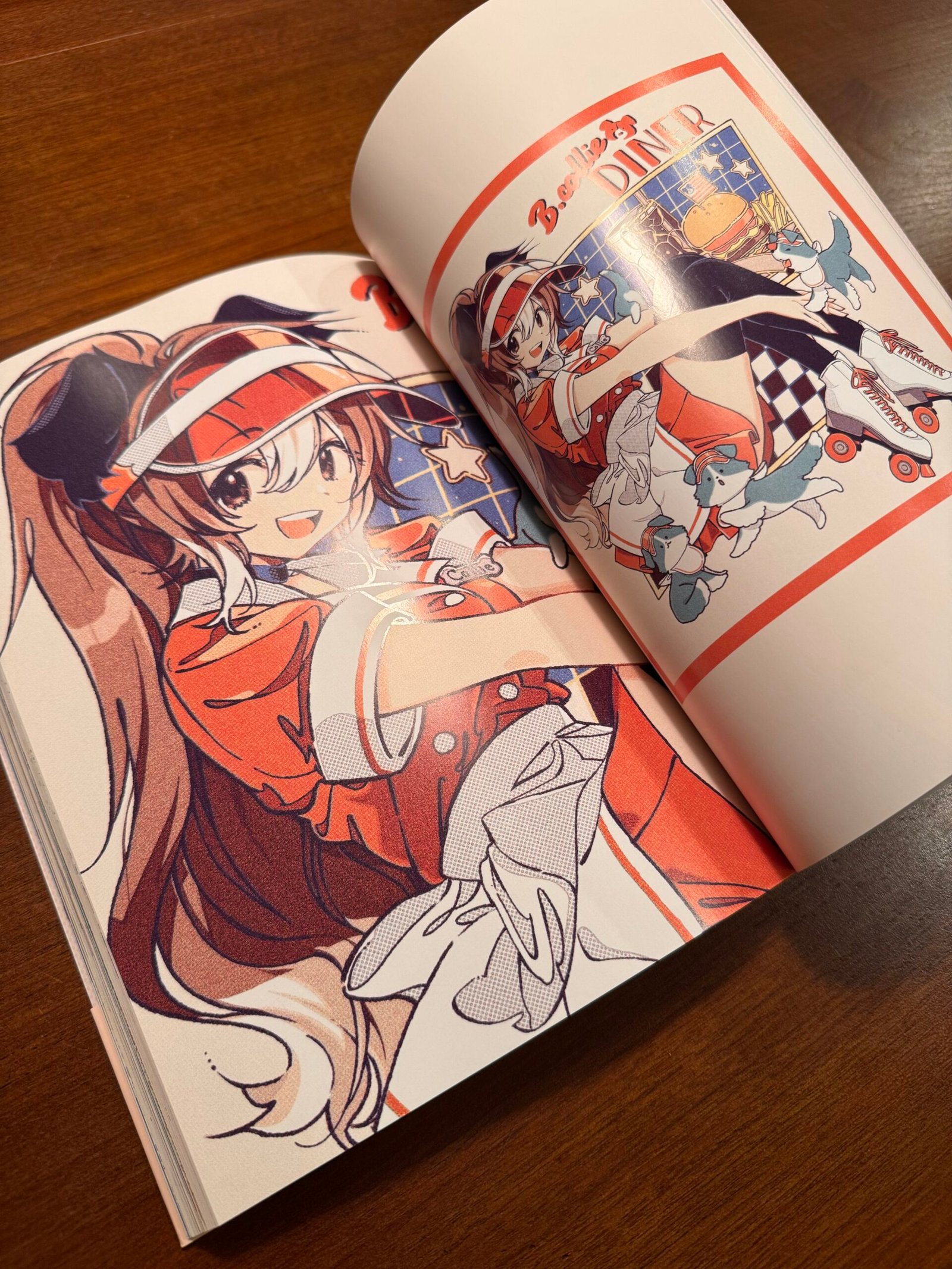




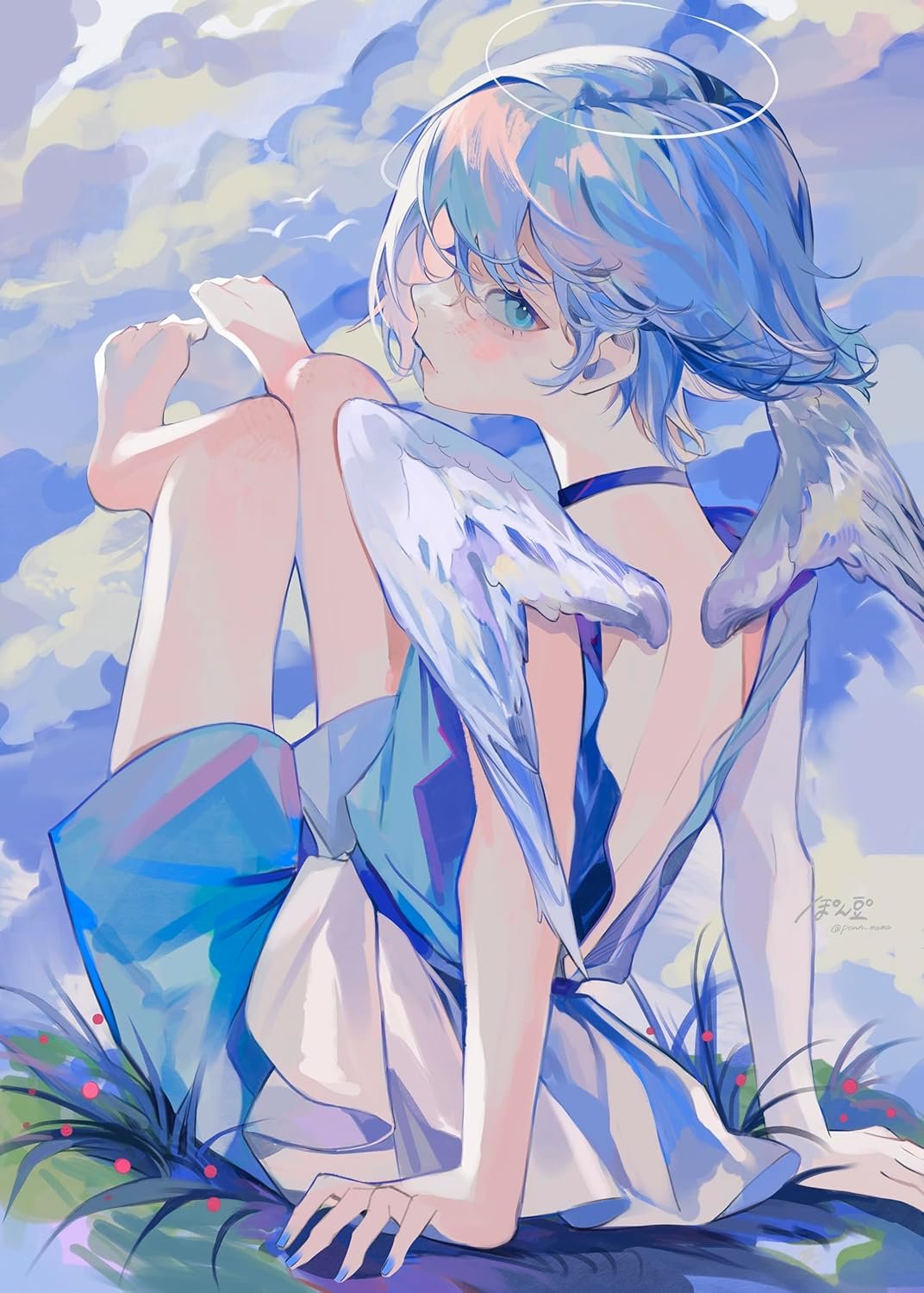
There are no reviews yet.